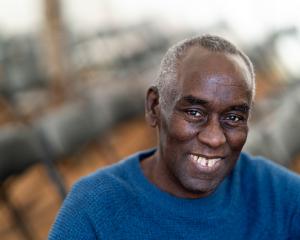
On June 12, 2014, Fortune magazine ran a cover story about Theranos, a Palo Alto company whose ability to carry out multiple, rapid, diagnostic tests on a single drop of blood was about to revolutionise the healthcare market. The company’s founder, Elizabeth Holmes, not only epitomised the American dream, she was also feted as the world’s youngest female self-made billionaire and one of the world’s most influential 100 people. Four years later she was indicted on criminal fraud charges by the US attorney’s office for "[using] advertisements and solicitations to encourage and induce doctors and patients to use Theranos’s blood testing laboratory services, even though [she knew it] was not capable of consistently producing accurate and reliable results".
Holmes’ Icarus-like fall from grace is due in no small part to the investigations of Wall Street Journal reporter John Carreyrou, whose questions about the veracity of her financial and scientific claims first attracted the attention of regulators and investors to problems at the company. As his year-long investigation revealed, Theranos’ "revolutionary" technology — the Edison — consisted of little more than a pipette wielded by an automated arm taken from a robotic glue-gun. Furthermore, the Edison was only able to carry out one of the three types of analytical tests Theranos offered, gave results that could not be reproduced and was not approved for commercial use.
In Bad Blood, Carreyrou expands upon his original articles to provide a detailed account of Theranos’ troubled history, the underlying factors that enabled such a fraud to be perpetrated in the first place, and his own battle to protect his sources in the face of determined and litigious opposition.
The one area in which Carreyrou’s analysis falls short, is on the role of gender in the company’s spectacular rise and fall. Holmes is frequently compared to Steve Jobs, whom she greatly admired, but it might have been more illuminating to contrast her with 23andMe co-founder Anna Wojcicki, who faced similar social, technological and regulatory hurdles and succeeded. While he correctly identifies that Holmes’ status as a female role model was as much a selling point as her vision of cheap, painless diagnostic services, Carreyrou has little to say about how such expectations might have contributed to her intense fear of losing her intellectual property and desire to succeed at any cost (although he does suggest her strikingly deep voice may have been an affectation). He also dismisses any suggestion that she has been vilified in a way a man would not have been, concluding that what differentiates Holmes from other flawed entrepreneurs is that she put consumers at risk of real, physical harm.
These criticisms aside, Bad Blood is a salutary reminder that in a world increasingly dominated by fake news and a preference for style over substance, old-school investigative journalism is more important than ever.
- Cushla McKinney is a Dunedin scientist.












